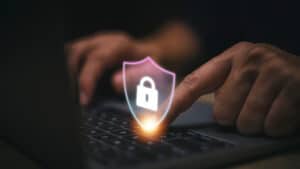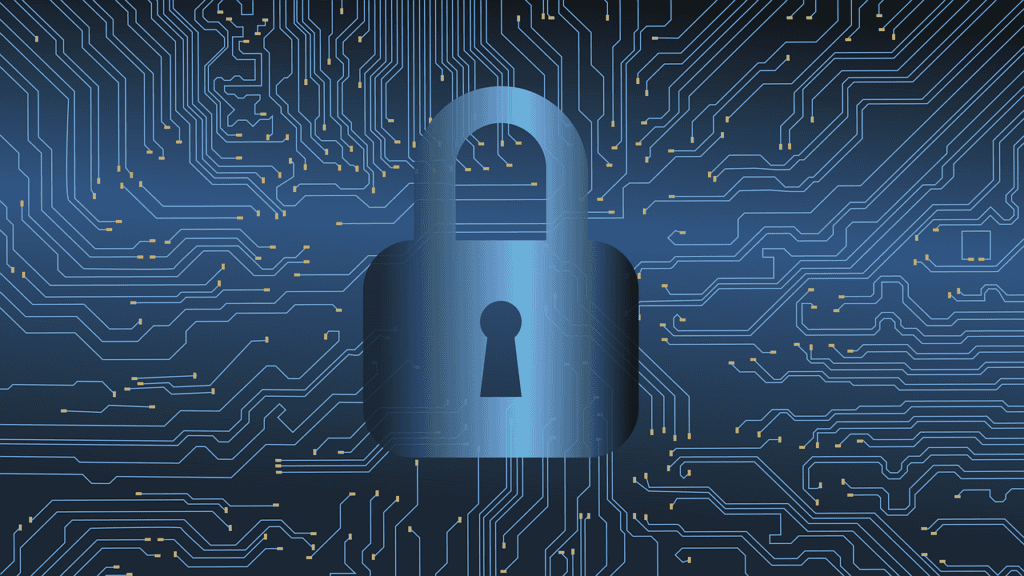The coffee shop has become the new office and pajamas, the new dress code, as much of the workforce went remote, realized the benefits, and remained remote and hybrid in nature. Without a single physical location though, cybersecurity for businesses has become a bit tougher to implement. As organizations embrace the flexibility of remote work, there needs to be a strong cybersecurity policy in place to safeguard sensitive data and protect against potential threats.
Luckily, we have the solution. Read on as we walk you through practical steps and strategies to fortify your defenses and ensure your remote workforce stays secure, no matter the size of your business.
Educate Your Team
The first line of defense against any cyber threats is a well-informed workforce. Start by providing comprehensive security awareness training sessions on cybersecurity best practices. Cover topics like identifying phishing attempts, creating strong passwords, and recognizing suspicious activities. Make it interactive by sharing real-life examples and engaging your team in discussions to enhance their understanding. Regularly update training materials to keep everyone abreast of the latest threats and techniques employed by cybercriminals.
Implement Multi-Factor Authentication (MFA)
Passwords alone are no longer sufficient to keep cyber threats at bay. Incorporate multi-factor authentication (MFA) to add an extra layer of security. This is a security token or smartphone app that is used as a secondary sign-in once the password has been entered and makes it that much harder for cyber attackers to gain access to your business and its data, no matter where your workers are located.
MFA significantly reduces the risk of unauthorized access even if passwords are compromised because, while a cyberattacker could gain access to a password, the second authenticator is next to impossible to duplicate, especially if it is biometric in nature. Regularly review and update MFA settings to adapt to evolving security standards and address any emerging vulnerabilities.
Establish Secure Communication Channels
Say no to eavesdroppers by encouraging the use of encrypted communication tools to protect sensitive information. End-to-end encrypted email services ensure that your messages stay private and shielded from prying eyes. Clearly communicate the approved channels to your team, emphasizing the importance of avoiding unofficial or unsecured platforms for work-related discussions. Have a training session with your team to make it that much easier, using yourself as an example so that they can see exactly what to do. Conduct periodic checks to ensure that encryption protocols are up to date and align with industry standards.
Keep Software and Devices Secure by Updating and Patching
Hackers often exploit vulnerabilities in outdated software and devices. Regularly update and patch all systems, including antivirus software, operating systems, and applications. Enable automatic updates whenever possible to ensure that your remote workforce is always equipped with the latest security patches, making it harder for cybercriminals to find a way in. Implement a system for tracking and managing updates, ensuring that no device or software is left unattended.
Control Access and Reduce Risk with Remote Access Policies
Establish strict remote access policies to control who can access your organization’s network remotely. Use virtual private networks (VPNs) to create a secure connection between the remote device and your organization’s network. Limit access to only essential systems and data, reducing the potential attack surface and mitigating the risk of unauthorized access. Regularly review and update access permissions based on job roles and responsibilities to ensure that only authorized individuals have the necessary access rights.
Guarding the Gateways through Device Management
Implement a device management strategy to maintain control over the devices used by your remote workforce. Require the use of company-provided devices whenever possible, as they are easier to manage and monitor. For personal devices, enforce security measures like password protection, encryption, and remote wipe capabilities in case of loss or theft.
Trust but Verify with Regular Security Audits
Conduct regular security audits monthly to identify and address potential vulnerabilities in your remote work infrastructure. This includes reviewing access logs, monitoring user activities, and assessing the effectiveness of your cybersecurity measures.
Stay proactive: identify weaknesses before they can be exploited, and continuously refine your policies based on audit findings. Collaborate with external cybersecurity experts to bring fresh perspectives and insights into your security audits, ensuring a comprehensive evaluation of your remote work environment. There’s nothing better than a second set of eyes, especially ones that have not seen your security audits before and are new to the system.
Prepare for the Worst with Data Backup and Recovery Plans
Data loss can be catastrophic, and remote work introduces additional risks. Implement a data backup and recovery plan to ensure business continuity in the face of unforeseen events. Regularly backup critical data and test the recovery process to guarantee that your organization can quickly bounce back from any data-related incidents. Keep abreast of emerging backup technologies, and continuously evaluate and update your backup and recovery strategies to ensure their effectiveness in the face of evolving cyber threats.
Take Swift Action in Times of Crisis with a Strong Incident Response Plan
No matter how strong your preventive measures are, there’s always a chance of a security incident. Develop a comprehensive incident response plan that outlines the steps to be taken in the event of a security breach. Clearly define roles and responsibilities, establish communication protocols, and conduct regular drills to ensure a swift and effective response when needed. As cybersecurity threats change, make certain your plan changes to match to keep your business that much safer.
Stay Secure with Continuous Monitoring
Because cyber threats are constantly evolving, your cybersecurity policy—and not just your incident response plan—should as well. Implement continuous monitoring mechanisms to detect and respond to potential threats in real time. Utilize security information and event management (SIEM) tools to analyze and correlate data, providing insights into any unusual activities that may indicate a security incident.
Partner with Experts
Like any field, partnering with experts can help keep your business secure. IT experts such as the team at CMIT Solutions Carrollton can take a look at your current cybersecurity measures and make suggestions for improvement, and even offer their services to take care of your cybersecurity for you. Put your focus towards running your business, and let experienced professionals handle your cybersecurity needs for you!
Want to see what partnering with CMIT Solutions Carrollton can do for you? Then contact us today—we’ll get your business streamlined and secure, even when it has a remote element, with ease.





